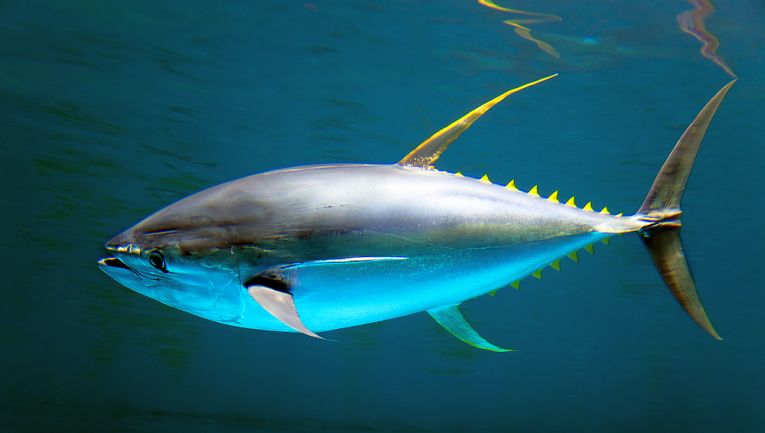With the fresh leak reported from TEPCO at 10.00, Japanese time, on 22nd February, the radiation danger from Fukushima is obviously being tracked carefully since the March 2011 tragedy. The efficiency of the process does not provide the confidence we need that this kind of pollution can be prevented. From every nuclear power station and many other military and commercial uses, each country seems to have problems in restraining many types of radiation.
Excuses vary from blaming natural radiation, of which there is plenty, to employees who strangely were untrained in handling dangerous materials. There is no need to dwell on Japan's accidents. They happen in western countries and developing countries. This well-followed tsunami incident and the resulting nuclear accident are possibly the most open-minded we have ever been about nuclear leaks. Whether that is because no human is to blame is debateable. What is obvious is that nuclear radiation can spread from almost any installation and human error can often be to blame, whether in design or simply poor management.
As far as we are concerned, children who climb into tanks destroyed in war zones or swimmers at Western European or North American coasts are at risk. Documentation tells us how some radioactive elements and their compounds reach across oceans from Russian, American or European power stations. Now the enormous stretch of the Pacific has been crossed in about 2 years, according to accurate measurements of the radionuclides, such as cesium-134. Only 2 becquerels of radiation emerged from these chemical traces however. Panic is unnecessary as the US has already contaminated the Pacific at Bikini atoll and many others with countless nuclear tests, bringing us higher levels of strontium-90 and another cesium isotope, cesium-139, unrelated to the short-lived Fukushima, cesium-134 release.
Danger is absent from these relatively low levels of almost "background" radiation. The danger only arises if the build-up of these substances takes place in food webs. There is no other method by which high levels of exposure could be reached. The animals that eat smaller, exposed creatures and plants include the tuna species that roam the Pacific. The higher up the chain, the more risk in the future, and tuna are great hunters in large schools. California-caught tuna tripled their radiation levels after Fukushima, according to Oregon State University figures, though we don't yet how long that took. The levels are still rated safe, but could climb as fish higher on the food chain eat and absorb radiation.
Ken Buesseler of Woods Hole Oceanographic Institute, Mass. US, is perhaps one scientist who has put the situation in perspective. In Science Magazine, he claims correctly that dental x-rays and plane travel present much greater risk than current food radiation levels. However, Asian people and Oceania residents, followed by those sushi-eating Californians should beware. The becquerels are rising in all seafood, and we dump such a great amount of heavy metal and plastic rubbish into all of the oceans, don't be surprised at the next pollution risk.
Back in Japan, TEPCO have been commended by the IAEA on their significant progress on probably the most difficult accident since Chernobyl. Dealing with ground water, further earthquake risks and treating all of that waste water will be a big risk for decades and all the help and sympathy we have should be afforded to all of the Japanese people as they cope with the financial, chemical and of course the personal side of Fukushima Daiichi and the nearby area. These increased leaks simply add to a never-ending nightmare of almost insoluble problems.















